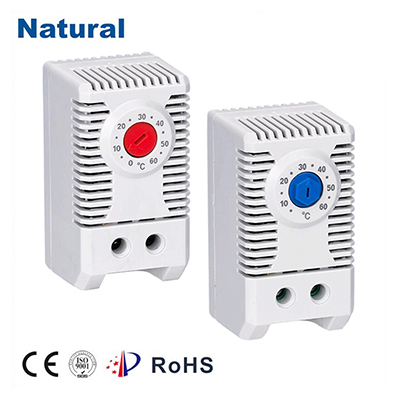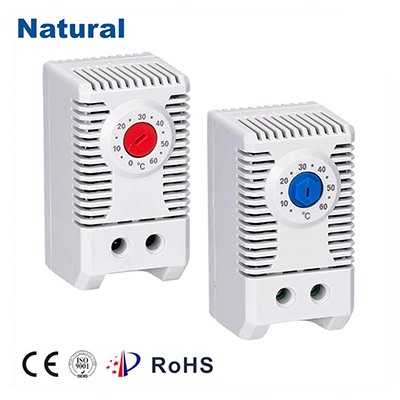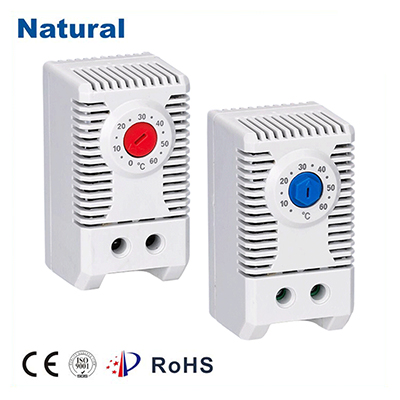A bimetal thermostat is a temperature control device that utilizes the principles of differential expansion of two metals to regulate temperature in various mechanical systems. It is an essential component in many household appliances, industrial machinery, and automotive systems, where maintaining a consistent temperature is crucial for optimal performance. This article explores how bimetal thermostats work, their common applications, and why they remain a reliable and cost-effective solution in temperature regulation.

How Does a Bimetal Thermostat Work?

At its core, a bimetal thermostat consists of two different metals with distinct coefficients of thermal expansion, bonded together to form a bimetallic strip. When the temperature changes, the two metals expand or contract at different rates. One metal expands more than the other, causing the bimetallic strip to bend or curve. This bending action is used to open or close electrical contacts, thus turning the connected device on or off, depending on whether the temperature reaches a preset threshold. For example, when the temperature rises, the metal that expands more causes the strip to bend in a specific direction, which can break or close a circuit, triggering a response such as turning off a heating element or activating a cooling fan. Conversely, when the temperature drops, the bimetallic strip returns to its original position, reactivating the system. The simplicity of this mechanism is one of the reasons bimetal thermostats have remained a preferred option in many temperature-sensitive applications.

Leave a Reply